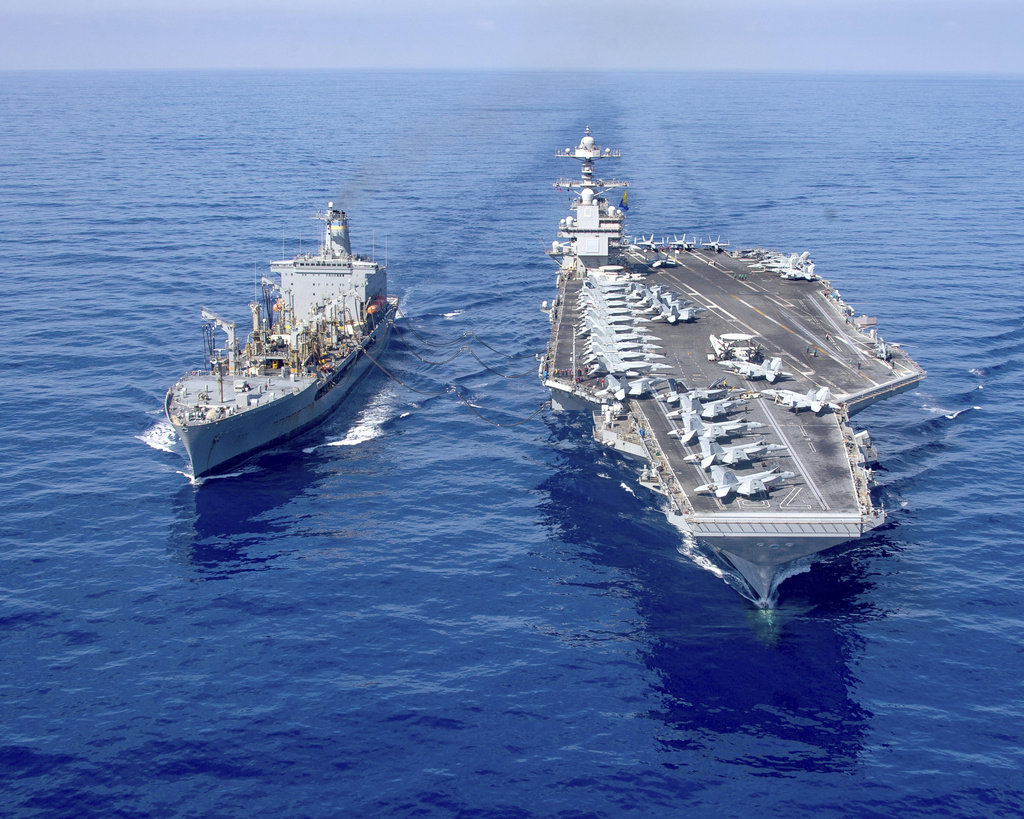The United States has now positioned a second aircraft carrier to boost its presence off the coast of Palestine. In so doing, the Americans are building up a considerable force of ships, planes, and marine units right in the eye of the storm that is brewing over the Middle East.
The move means the U.S. is offering real rather than verbal guarantees to Israel’s security, and its response to the crisis in the Middle East is far more direct than that to the invasion of Ukraine by Russia, where no such forces were sent to the Black Sea.
Washington’s response is targeted not at actually joining the war in the Middle East, but to limit its scope and shield Israeli action in Gaza.
The history of the Six-Day War and the Yom Kippur conflict suggests that conflicts between Jews and the Islamic world flair up suddenly but do not last very long. It could be different this time as Hamas digs in and has shown it is prepared to use urban guerilla warfare that is notoriously difficult to overcome.
If this conflict lasts a long time and escalates, America and the West will be facing a second front. The first in eastern Ukraine is now a bloody stalemate reminiscent of the days of the Somme where two armies were locked in mortal combat that neither side could win.
The U.S. will not join in the war in Ukraine, but if it does not want its backed horse in Ukraine to fall, it has to supervise the war and continue its support for the Ukrainians via intelligence, technology, and training. All of this comes at a considerable cost.
Washington wants to keep out of the conflict in the Middle East too, but it will not be able to avoid this if the existence of Israel is seriously threatened by states such as Iran.
That in turn means that a second front will likely encompass the whole of the Muslim world whose borders do not stop at the Middle East but are dispersed through Africa, Asia, and parts of the West as well.
This enemy has allies right in the center of the Western world through its migrant communities, as well as the increasingly pro-Islamist hard-left in Europe and the United States. The demonstrations and occupations have already started, and a prolonged war in Gaza could see barricades going up.
That conflict would be far more serious than the unrest over the war in Vietnam. Hippies and Black activists in the ’60s and ’70s now seem to be like well-behaved kids in comparison with the angry migrants and leftist extremists rejecting Western culture wholesale.
That second front threatens to create a very unfavorable geopolitical scenario for the West. It has been in conflict with Shia Muslims since the Iranian revolution in the ’70s, but Gaza will mean war with Sunni Muslims and its superpowers in the shape of Saudi Arabia and Turkey. Iran is already batting in the Russian and Chinese camp, and the war in Gaza could lead to the Sunni Muslim states joining in. This is exactly what former U.S. President Donald Trump’s Middle East Conference in Warsaw back in 2019 was trying to avoid.
This is all good news for the Kremlin, which has itself been in a conflict with the Sunnis in Afghanistan that contributed to the fall of the Soviet empire. The war in Gaza will provide Russia a way back to the Sunni Muslim world, especially as the Russians are now singing from the same hymn sheet on the West as the Islamists.
Managing two fronts is possible for the U.S. because it is a superpower. However, the opening up of another large front might stretch even the Americans.
The possible flashpoint is Taiwan, which is categorically refusing to go the way of Hong Kong in becoming subservient to China. That stance is bringing a war there ever closer. No one can realistically predict the timing, but the fear is that this third front could open up at a time when the Middle Eastern and Ukrainian fronts are still in play.
Will Biden’s successor be willing to manage three fronts at once?





